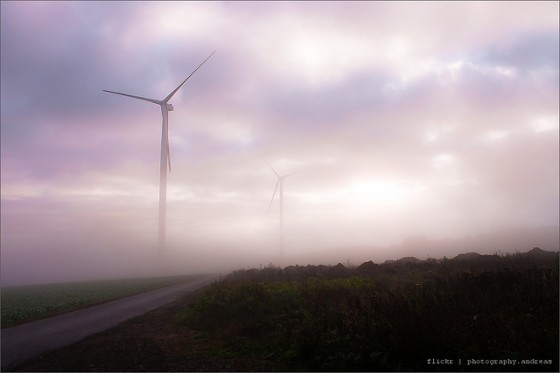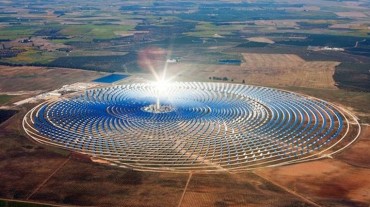Turkey has used wind energy for more than ten years now, but never from locally developed and produced wind turbines. That’s about to change.
In what Turkish newspapers are calling “the biggest project in the history of the republic,” the Turkish government recently announced the country’s first National Wind Energy System. The project, which is led by a team of experts from top Turkish universities and scientific unions, has been ongoing — in secret — for the past two and a half years.
Late next year, expect the unveiling of the first stage in this ambitious energy project: a 500-KW wind turbine built entirely locally, using only parts produced in Turkey.
Moving quickly
By 2014, the government expects to follow up this 500-KW model with a 2,500-KW wind turbine, also completely locally produced. While these two turbines will constitute a 3-MW drop in the bucket of Turkey’s approximately 1,500-MW installed wind capacity, they indicate that the government is serious about laying the foundation for a local wind energy infrastructure in the country.
The National Wind Energy System has cost TRY 50 million ($27 million) so far. Over the next five years, the Turkish government hopes the System will “match the automotive industry’s contribution to to the country’s economy.” By using entirely locally sourced machinery and labor, the System will also bring Turkey closer to its goal of energy independence.
Turkish energy officials have previously declared that they expect wind capacity to reach 5,000 MW by 2015 and an astounding 20,000 MW by 2023 (Turkey’s centennial). The government expects the latter goal to require $30 billion in investment capital, of which it hopes to procure $7.5 billion locally.
Great Potential
If Turkey can manage to meet its ambitious goals, it will join European countries such as Spain and Germany in the ranks of the top wind energy-users worldwide. With 90,000 MW of potential wind capacity, the biggest mystery is why Turkey hasn’t yet harnessed more than 2 percent of it.
Efforts to spur local investment in wind power before now were hindered in Turkey by a botched auction of tenders for wind project licenses in 2008. In that year, Turkey’s Energy Market Regulatory Authority awarded 80,000 MW-worth of tenders that overlapped at grid connection points, requiring the whole set to be re-auctioned.
Hopefully, the National Wind Energy System marks the government’s serious intent to realize a large-scale wind industry in Turkey. The country’s actual installed wind capacity in 2015, however, will be the best indicator of its success.
:: Balkans.com
Read more about wind energy in Turkey and the region:
Hidden Costs of Constructing Wind Turbines in Turkey Include Many New Roads
Masdar’s Renewables Strategy Shifts To Wind
Wind-Powered Mosque Makes Going Green A Breeze
Image via photography.andreas




wind torbin 5 kw
1. Generator
2. rotorbody
3. taII
09198238358
098
Iran tahran
It’s not entirely clear. Probably to give the final announcement about the System and the first (500 KW) turbine more oomph. But some Turks have been asking the same thing in comments to online articles…
Why was this being done in secret?